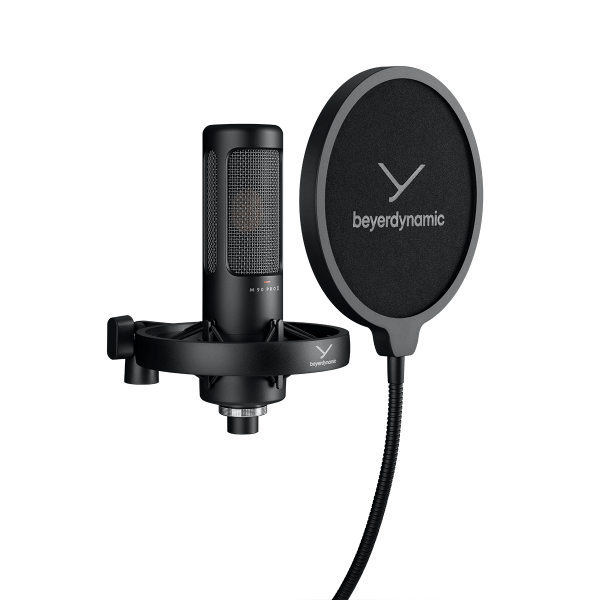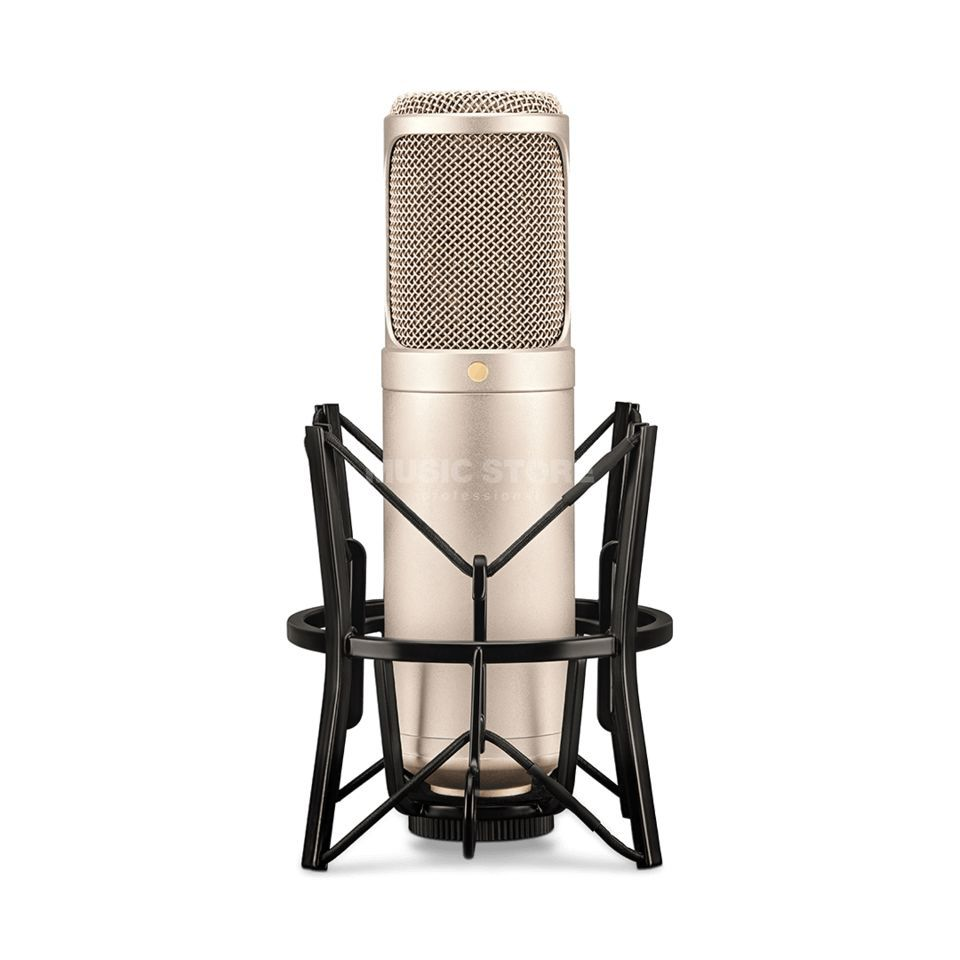Introduction
Technology can be a double-edged sword. When it works, it facilitates smooth sailing through the seas of everyday tasks. However, when it decides to malfunction, it can disrupt our lives in ways that range from mildly inconvenient to utterly frustrating. One such piece of technology that we often take for granted is the microphone. Whether you’re using it for a business meeting, a podcast, or simply a chat with friends, a working mic is crucial. But why is my mic not working? Let’s delve into the reasons behind mic issues, how they can be diagnosed, and what you can do to fix them.

Hardware Issues
Physical Damage
First and foremost, consider the possibility of physical damage to your mic. Microphones are delicate instruments. Even the most durable ones can suffer from wear and tear over time. Dropping your mic, stepping on it, or even exposing it to extreme conditions can knock it out of commission. Check for any visible signs of damage. Inspect the body, the grill, and the cable for any signs of wear or breakage.
Connection Problems
If your mic isn’t physically damaged, the problem could lie in how it’s connected to your computer or audio device. Ensure all connections are secure. Unplug the mic and plug it back in. If you’re using a USB mic, try different USB ports. Sometimes, the port can be faulty rather than the mic itself. For XLR microphones, make sure the cable connections are solid. An intermittent connection could be the reason your mic isn’t working properly.
Compatibility Issues
Mics come in various types and models, each designed to work with specific devices. Ensure that your mic is compatible with the hardware you’re connecting it to. Sometimes, a microphone designed for a digital camera might not work as seamlessly when connected to a computer or smartphone. Make sure to consult the user manual and double-check compatibility before assuming your mic is broken.
Software Problems
Driver Issues
One of the most common issues with non-functioning microphones is related to drivers. Drivers are software components that allow your operating system to communicate with the mic. Outdated or corrupted drivers can render your mic useless. Update your drivers through your device’s Control Panel or System Preferences. You can also visit the manufacturer’s website for the latest driver updates.
How to Update Drivers On Windows
- Right-click on the Start menu and select “Device Manager”.
- Look for “Audio inputs and outputs” and find your mic.
- Right-click on your mic and select “Update driver”.
- Follow the on-screen instructions to update the driver.
How to Update Drivers On Mac
- Click on the Apple menu and select “System Preferences”.
- Click on “Software Update”.
- Install any available updates and restart your computer.
Application Settings
The next area to check is the settings of the application you’re using. Some applications have their own microphone settings that may override system settings. If you’ve recently switched applications—say, from Skype to Zoom or any other conferencing software—double-check the mic settings. Ensure the correct mic is selected and the volume isn’t muted or turned down too low.
Example: Adjusting Mic Settings In Zoom
- Open Zoom and go to “Settings”.
- Navigate to “Audio”.
- Ensure your microphone is set to the device you’re using.
- Adjust the input volume to an appropriate level.
- Test your mic by using the “Test Mic” option.
Configuration Errors
Operating System Settings
Sometimes, incorrect settings within your operating system can cause your mic to malfunction. Each OS has its own set of configurations that you need to verify. For instance, Windows has a sound control panel where you need to set your microphone as the default recording device. Similarly, macOS has input settings that need to be checked.
Checking Windows Settings
- Right-click on the sound icon in the taskbar.
- Select “Open Sound settings”.
- Under “Input”, ensure the correct microphone is selected.
- Click on “Device properties” to adjust the input volume.
Checking Mac Settings
- Click on the Apple menu and select “System Preferences”.
- Click on “Sound”.
- Go to the “Input” tab and select your microphone.
- Adjust the input volume slider as needed.
Privacy Settings
With increasing focus on privacy, operating systems now have settings that control which apps can access your microphone. Verify that the app you’re trying to use has permission to access the mic.
Windows Privacy Settings
- Go to Settings and click on “Privacy”.
- Navigate to the “Microphone” section.
- Ensure that “Allow apps to access your microphone” is turned on.
- Scroll down and make sure the specific app you’re using is allowed access.
Mac Privacy Settings
- Go to System Preferences.
- Click on “Security & Privacy” and navigate to the “Privacy” tab.
- Select “Microphone” from the left-hand menu.
- Ensure the app you are using has access to the microphone.
Software Conflicts
Multiple Applications
Another potential issue is running multiple applications that try to access the microphone simultaneously. Apps like Skype, Teams, and even some web browsers can lock onto your mic and prevent other applications from using it. Close unnecessary applications and see if that resolves the issue.
Example: Closing Background Apps on Windows
- Open Task Manager by pressing Ctrl + Shift + Esc.
- Navigate to the “Processes” tab.
- Look for any unnecessary applications that could be using the microphone.
- Right-click and select “End task”.
Example: Closing Background Apps on Mac
- Open “Activity Monitor” from the Applications folder.
- Look for any unnecessary applications using the microphone.
- Select the app and click the “X” button to close it.
Extension Conflicts
Browser extensions and plugins can also interfere with your microphone’s functionality, especially if you’re using the mic within a browser-based application. Disable extensions or switch to a different browser to eliminate this possibility.
- Open your browser and navigate to the extensions menu.
- Disable extensions one by one and test your mic.
- Alternatively, try accessing the application from a different browser entirely.
Updating Firmware
Device Firmware
Firmware is software that’s embedded into the hardware of an electronic device. Keeping this updated is crucial for maintaining functionality and security. Check if your microphone or audio interface has available firmware updates. Visit the manufacturer’s website and follow the instructions for updating the firmware.
Example: Updating Firmware for a USB Microphone
- Visit the manufacturer’s website.
- Download the latest firmware update.
- Follow the provided instructions for updating your specific model.
Router and Network Devices
If you’re using a wireless microphone, sometimes even the firmware of your router or network devices can impact performance. Devices on your network can interfere with each other, and a firmware update can often resolve these conflicts.
- Log in to your router’s admin panel.
- Check for firmware updates.
- Follow the instructions to update the firmware.
Power Supply Issues
Insufficient Power
Microphones, especially high-quality ones, often require a significant amount of power to operate. If your mic requires phantom power, make sure it is turned on if you’re using an audio interface. An insufficient power supply can lead to a non-working mic.
Ensuring Phantom Power is On
- If you’re using an audio interface, locate the phantom power switch usually labeled as “+48V”.
- Turn it on and see if your mic starts working.
Battery-Operated Mics
For battery-operated microphones, check the battery level. Even a slightly depleted battery can impact performance. Replace or recharge the battery and test the mic again.
- Open the battery compartment.
- Replace the batteries with new ones or recharge if it’s rechargeable.
- Test the mic again.
Environmental Factors
Electromagnetic Interference
Electromagnetic interference (EMI) can also cause microphone issues. Devices like wireless routers, microwaves, and even fluorescent lights can interfere with your mic. Move away from these devices and test your microphone again.
Reducing EMI
- Keep your microphone away from devices that emit strong electromagnetic fields.
- Use shielded cables if possible.
- Test in a different room to isolate the problem.
Environmental Noise
Sometimes, the problem might not lie in the mic not functioning but rather in it picking up too much background noise. Use a quieter environment to test your mic. Room acoustics and ambient noise can affect the perception of a working mic.
Creating a Better Environment
- Move to a quieter location.
- Use soundproofing materials like foam panels.
- Test the mic in different rooms to find the optimal environment.
Professional Help
Consulting Experts
If you’ve tried all the above solutions and your mic still isn’t working, it may be time to consult a professional. Audio technicians and customer support from the mic’s manufacturer can provide specific insights and solutions tailored to your situation.
Contacting Customer Support
- Visit the manufacturer’s website.
- Navigate to the support section.
- Open a ticket or initiate a chat with a support representative.
Repair and Replacement
Sometimes, the best course of action is to get your microphone repaired or replaced. If your mic is under warranty, this can often be done at no cost to you.
Example: Initiating a Repair Request
- Visit the manufacturer’s website.
- Fill out a repair request form.
- Ship your microphone for repair per the given instructions.
Conclusion
Microphone issues can arise from a multitude of sources, ranging from physical damage and connection problems to software configurations and environmental factors. By systematically diagnosing each area—hardware, software, environment, and power—you can often pinpoint the issue and find a solution. Regular maintenance, firmware updates, and staying informed about your device’s specifications and requirements can help you avoid many of these problems. And when all else fails, never hesitate to seek professional help. Understanding these aspects not only helps you fix the mic but also equips you with knowledge to handle future issues more effectively.


